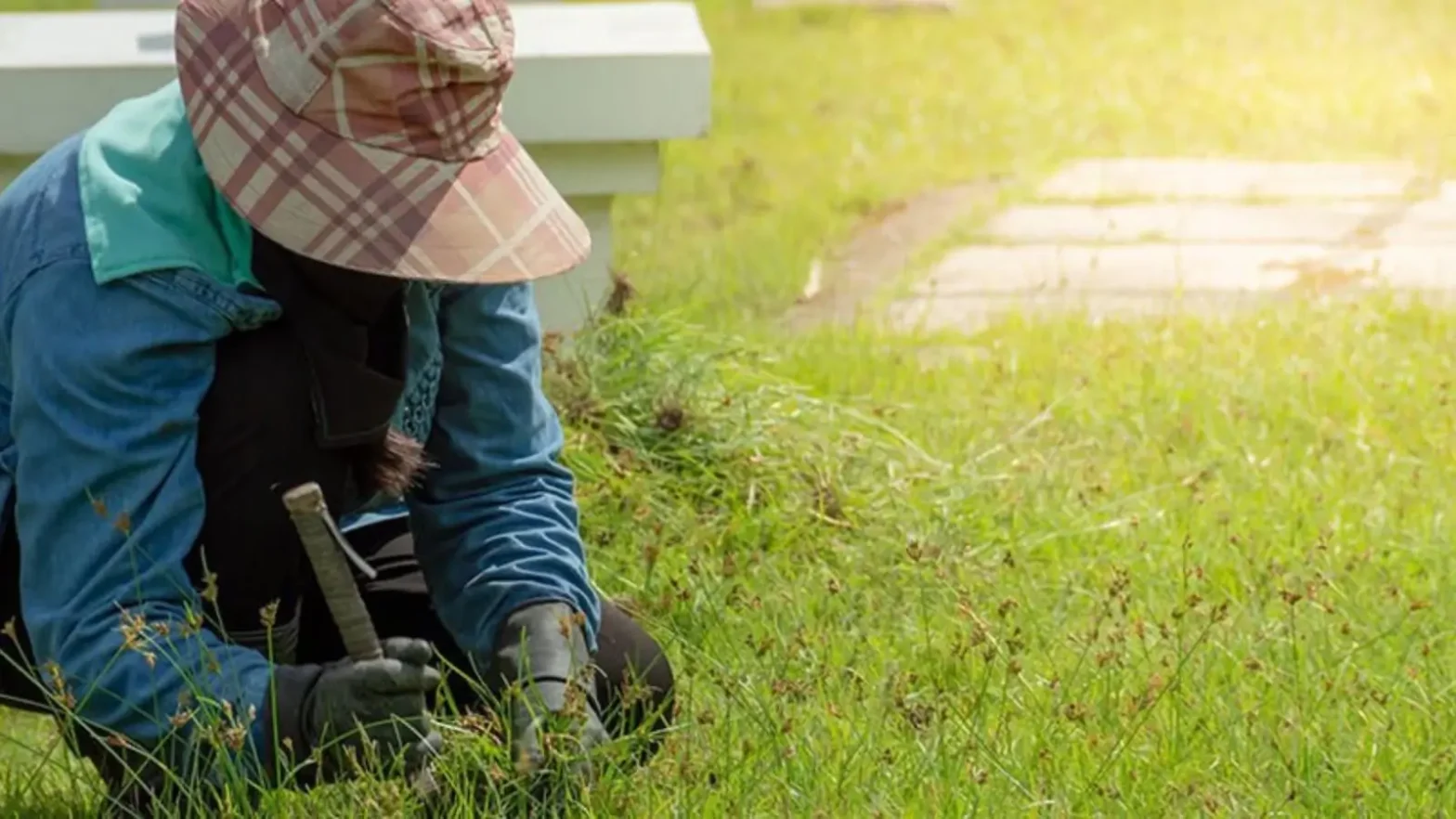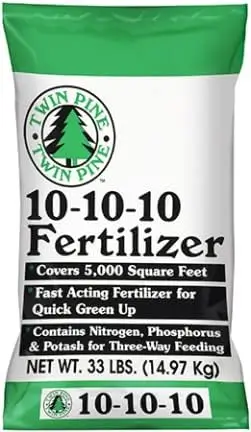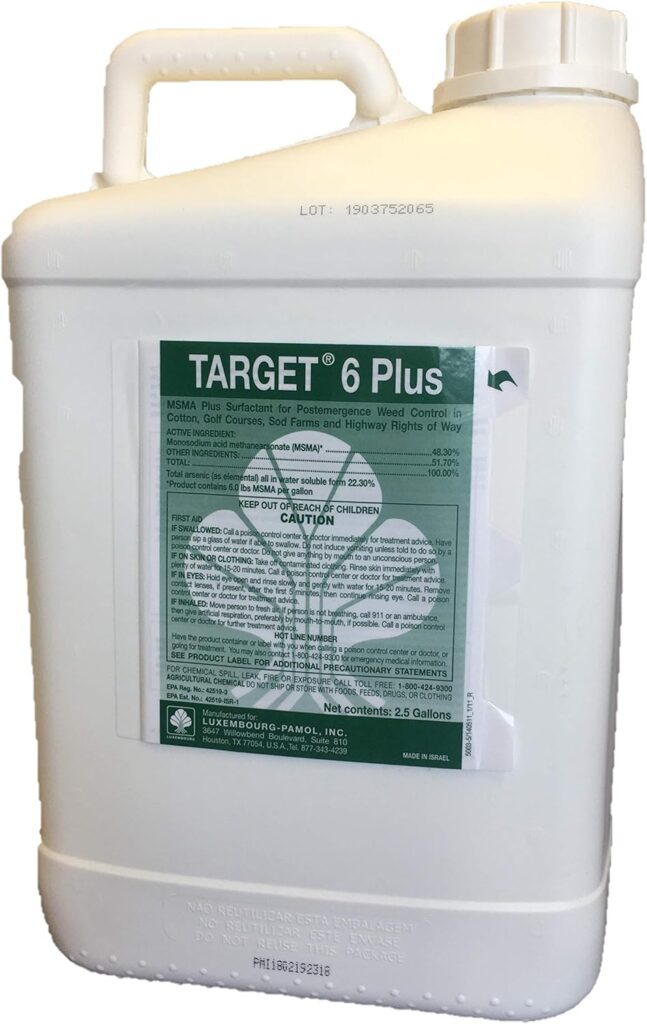If you’ve ever walked barefoot across your lawn and felt a sharp sting underfoot, chances are you’ve met the pesky grass burr. These prickly invaders can quickly turn a peaceful yard into a minefield, ruining the joy of outdoor time and leaving you frustrated. But there’s good news! This guide will show you how to get rid of grass burrs in lawn, so you don’t have to surrender your lawn to these thorny nuisances.
To reclaim your turf and keep it burr-free all year long, all you need is the right combination of timing, tools, and care. For now, if you do not have much time to read through, I would like to make it easier for you.
Here is a quick answer on how to get rid of stickers in yard:
| 1) Start with a pre-emergent herbicide in late winter to stop the burrs before they sprout. 2) For any stubborn burrs that remain, use a blanket or garden tool to pull them out by hand. 3) In spring, mow regularly with a bag attachment and remove any stray plants before they can drop seeds. 4) If the problem gets out of hand, apply a post-emergent herbicide or seek help from a professional lawn care service to quickly bring your lawn back under control. |
Compare: When to Apply Post-Emergent Herbicide
Before diving into the specific ways on how to get rid of grass burrs in your lawn, let’s first understand what they are and why they appear in the first place.
What Are Grass Burrs?
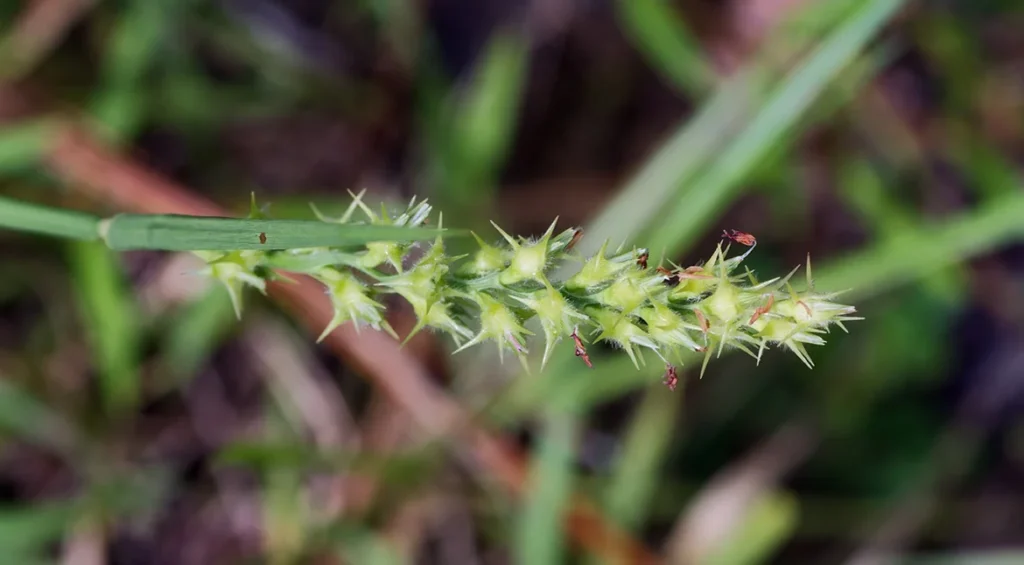
Grass burrs, also known as sandburs or sticker burrs, are tough, spiny seed heads produced by certain grassy weeds, especially in warm, sandy soils. They grow low to the ground and spread fast, making them one of the most annoying weeds to deal with. These plants thrive in neglected or thin lawns where the grass coverage is weak, giving them plenty of space to take root.
Each burr contains seeds that latch onto shoes, clothes, and even pets, helping them spread to new areas. Once they mature and dry out, those tiny spikes become even sharper, ready to stick to anything that brushes past. Knowing what grass burrs are—and how they spread—is the first step toward kicking them out of your lawn for good.
Related: How to Kill Mushrooms in Yard
9 Effective Ways to Get Rid of Grass Burrs for Good
Now that you know what grass burrs are, it’s time to roll up your sleeves and tackle them head-on. The trick isn’t just getting rid of the ones you can see, but also preventing new ones from taking over next season. Here are some tried-and-true ways on how to get rid of sandbars from yard for good.
1. Start with a Pre-Emergent Herbicide
Timing is everything when it comes to controlling grass burrs. Applying a pre-emergent herbicide in late winter or very early spring (before the soil warms up) helps stop the seeds from sprouting in the first place. Think of it as creating a protective barrier that tells burrs, “Not in my yard!”
Speaking of a pre-emergent herbicide, the best I have seen so far is DOW Snapshot 2.5 TG Granular (this product is currently listed on Amazon).
If you are going for a different option, make sure to use a product labeled for sandbur or grass burr prevention and follow the instructions carefully. Water the area lightly afterward so the herbicide can soak into the soil. For the best results, repeat this step twice a year—once in late winter and again in early fall.
PS. Consistency is key here; missing the window can give burrs the chance to germinate and spread before you even notice them.
2. Mow Regularly (and Use a Bag Attachment)

Keeping your lawn neatly trimmed goes a long way in controlling burrs. When grass grows tall and patchy, it gives these weeds room to thrive. Frequent mowing keeps them from flowering and forming those nasty seed heads that spread everywhere.
Using a lawnmower that has a bag attachment for collecting the cut grass is better instead of leaving the clippings behind. This helps capture any burrs or seeds before they can fall back to the ground and replant themselves. If the infestation is heavy, dispose of the clippings far from your lawn or burn them (if local regulations allow).
Regular mowing not only weakens existing burr plants but also encourages your healthy turfgrass to spread and thicken, which naturally chokes out future weeds. A dense, well-maintained lawn is one of the best defenses you can have against grass burrs.
3. Hand-Pull or Rake Out Existing Burrs
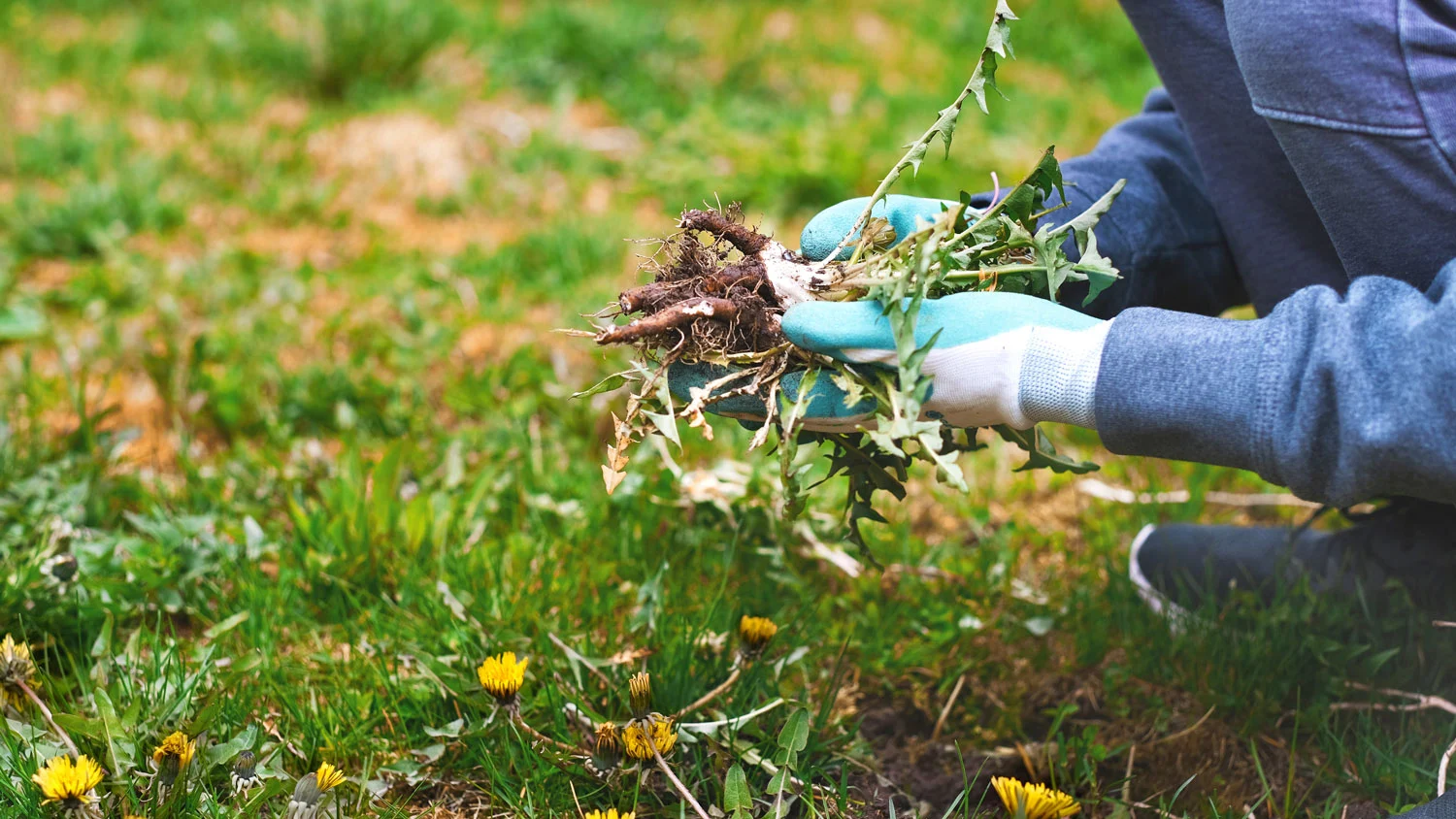
When burrs have already taken root, sometimes the old-fashioned way works best—manual removal. Grab a sturdy pair of gloves (trust me, you’ll need them!) and pull the plants out by hand, making sure to get the roots. If the area is large, use a garden rake or even an old blanket to drag across the lawn. The burrs will cling to the fabric, making cleanup much easier.
This method is especially effective after a good rain or watering session when the soil is soft and the weeds come out more easily. While it takes a bit of patience, hand-pulling gives you immediate results without the use of chemicals.
4. Improve Your Lawn’s Health
One of the best ways to get rid of grass burrs in your lawn, without constantly fighting them, is to strengthen your turfgrass by applying the best fertilizer for lawn (you can buy it from Amazon).
Burrs love thin, patchy areas where sunlight hits bare soil. By keeping your lawn thick and healthy, you naturally leave no room for them to grow.
Start by fertilizing in spring and fall, mowing at the right height for your grass type, and watering deeply but not too often. If your lawn has bare patches, overseed them.
As your lawn thickens, burrs lose their grip and gradually fade away. Think of it as helping your grass win the competition for space and nutrients.
5. Use a Post-Emergent Herbicide for Stubborn Burrs
If grass burrs are still popping up despite your best efforts, it’s time for a post-emergent herbicide. These products are designed to kill existing weeds without harming most turfgrasses (just check the label first). Apply when the weeds are young and actively growing—usually in spring or early summer.
On this, I can recommend two best products, namely Target 6 Plus (MSMA 48.2%) 2.5 Gallon Turf Herbicide (it is currently listed on Amazon) and Celcius WG Herbicide 6666194 (this, too, is available on Amazon).
Be careful not to spray on windy days, as drift can damage nearby plants. It’s also a good idea to water lightly a day or two before applying, so the burrs are hydrated and the herbicide absorbs more effectively. With proper timing, this method can drastically cut down the number of burrs sprouting each season.
6. Adjust Your Mowing Height
This might sound simple, but your mowing height can make or break your fight against grass burrs. Cutting your lawn too short weakens the grass and gives weeds the upper hand. Instead, mow a little higher—around 2.5 to 3 inches, depending on your grass type.
A slightly taller lawn shades the soil, helping retain moisture and preventing burr seeds from getting the sunlight they need to germinate. It also strengthens your turf’s root system, making it more resilient against invaders. In short, a taller, thicker lawn naturally keeps burrs in check while improving your yard’s overall look and health.
7. Water Deeply but Infrequently
Grass burrs thrive in dry, sandy soils where turfgrass struggles to grow. One simple way to fight back is by watering your lawn the right way. Instead of light, frequent watering, go for deep, infrequent soakings—about once or twice a week, depending on your weather. This encourages your grass to develop deeper roots, making it stronger and more drought-resistant.
Healthy, well-hydrated turf outcompetes burrs naturally by shading the soil and using up the nutrients those weeds need. Just be careful not to overwater—soggy lawns can create other issues like fungus or root rot. A good rule of thumb: water early in the morning so your grass has all day to dry.
8. Reseed Thin or Bare Spots
If you notice thin patches or bare spots, you’re practically rolling out a welcome mat for grass burrs. These areas warm up quickly and give burr seeds the perfect chance to sprout. To prevent that, reseed or overseed with a hardy grass variety suited to your region.
Before seeding, loosen the soil a bit and add some compost or topsoil to improve texture and nutrients. After spreading the seed, water regularly until it germinates and fills in. As your lawn thickens, the dense coverage will block sunlight from reaching burr seeds, stopping them before they start.
This step may take some patience, but it pays off. A lush, full lawn doesn’t just look great—it’s your best long-term defense against grass burrs and other invasive weeds.
9. Call in the Professionals (When All Else Fails)
If your lawn is completely overrun or you’ve tried everything with little success, it might be time to bring in a professional lawn care service. Experts can assess your soil condition, apply the right herbicides safely, and even customize a year-round maintenance plan to keep burrs from returning.
Sometimes, a fresh set of trained eyes and specialized tools can make all the difference—especially if the infestation has spread to neighboring areas. While it’s an added expense, it saves you time, frustration, and possibly the cost of repairing a damaged lawn later on.
Tips to Prevent Grass Burrs from Coming Back

Once you’ve done all the hard work to get rid of grass burrs in your lawn, the last thing you want is for them to return next season. Prevention is the secret to keeping your yard barefoot-friendly year-round. Here are some simple yet effective tips to ensure those prickly pests stay gone for good.
Stick to a Consistent Lawn Care Schedule
A healthy lawn doesn’t happen overnight—it’s the result of regular maintenance. Keep up with mowing, watering, and fertilizing on a steady schedule. Even missing a few weeks can give burrs the opening they need to take root again. Think of it as staying one step ahead rather than constantly playing catch-up.
Fertilize and Aerate Annually
Feeding your lawn twice a year (in spring and fall) keeps your turf strong and lush. Aeration also helps by loosening compacted soil and improving root growth, which in turn makes it harder for weeds like grass burrs to find space to grow.
Watch Out for the Edges
Grass burrs often sneak in from the edges of driveways, sidewalks, or neighboring yards. Keep those borders trimmed and weed-free, and don’t forget to inspect high-traffic areas—especially if you have kids or pets that could carry burrs in on their shoes or fur.
Apply Pre-Emergent Herbicide Twice a Year
Consistency is key here. Reapply pre-emergent herbicide in late winter and again in early fall to prevent dormant burr seeds from germinating. It’s a simple, proactive step that can save you hours of frustration later.
Dispose of Burrs Properly
Never toss burr-covered clippings or debris into your compost pile—they can still spread! Instead, seal them in a trash bag and dispose of them safely. This small habit goes a long way in keeping your yard burr-free.
By sticking with these prevention habits, you’ll not only keep your lawn looking green and inviting but also ensure it stays safe for bare feet, playful pets, and summer picnics alike.
Conclusion
Getting rid of grass burrs in your lawn can feel like a never-ending battle, but with patience, timing, and a little consistency, it’s a fight you can absolutely win. These prickly weeds may be stubborn, but once you understand how they grow—and what keeps them from coming back—you’ll have the upper hand.
So, again, here is a recap on how to get rid of stickers in yard:
To eliminate grass burrs for good, start with a pre-emergent herbicide in late winter to stop them before they sprout. For any stubborn burrs that remain, use a blanket or garden tool to pull them out by hand. Come spring, mow regularly with a bag attachment and remove any stray plants before they can drop seeds. If the problem gets out of hand, a post-emergent herbicide or help from a professional lawn care service can quickly bring your lawn back under control.
When paired with regular mowing, deep watering, and a strong, healthy lawn, these steps can keep burrs away season after season. And remember, prevention is always easier than removal—so stay proactive. A little effort now means you’ll enjoy a lush, burr-free lawn that’s soft, safe, and ready for every barefoot stroll.

